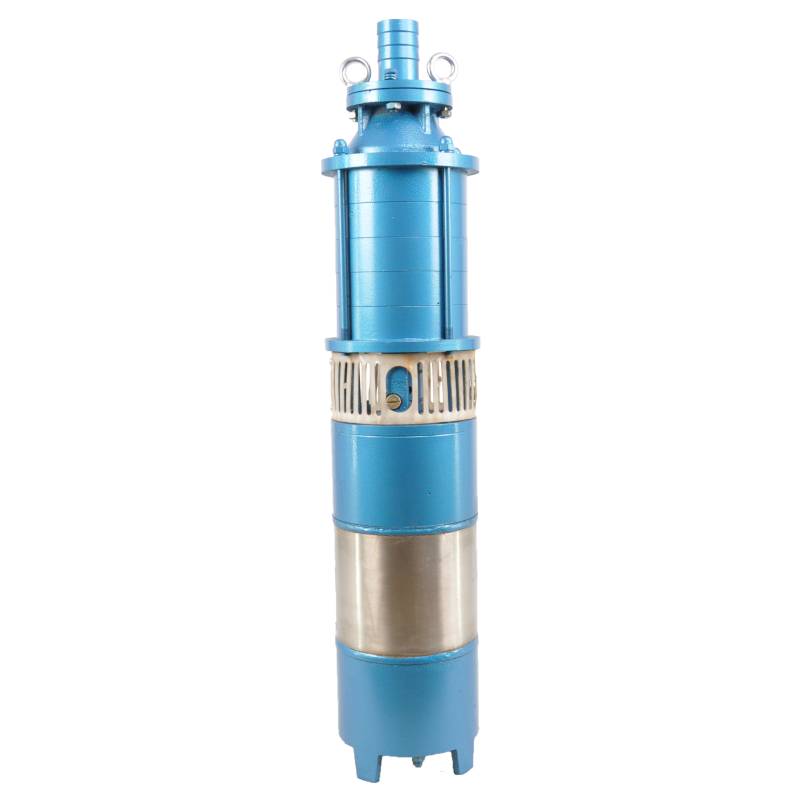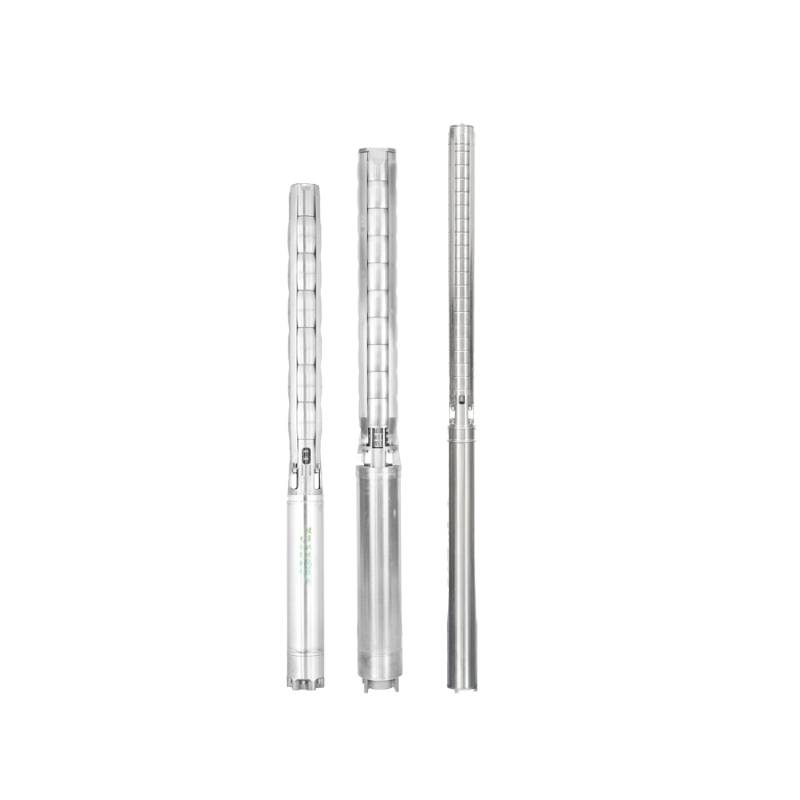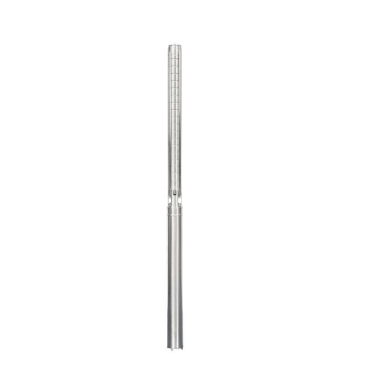aug . 22, 2025 14:47 Back to list
Stainless Steel Well Pump Flow Rate Optimization
In various applications like agriculture, domestic water supply, and industrial use, the flow rate of a stainless steel well pump is a critical factor that directly affects its performance. Optimizing this flow rate ensures efficient water extraction and distribution. Hebei Aochite Water Supply and Drainage Equipment Technology Co., Ltd., founded in 2000, has grown into a leading pump manufacturer over 20 years. With a 67 - acre plant, 16,000 - square - meter modern workshops, and a team of excellent scientific research, management, and production personnel, the company is well - equipped to provide high - quality stainless steel submersible pumps and stainless submersible pumps. It houses the most advanced PMSCAT pump automatic test system (designed by the Beijing Academy of Agricultural Sciences) with a 400KW test power laboratory, ensuring reliable data for pump components. Advanced CNC machine tools and machining centers further guarantee accessory quality, making their pumps ideal for flow rate optimization.
Factors Affecting Flow Rate of Stainless Steel Submersible Pumps
- Well Depth and Water Level: The depth of the well and the water level within it significantly impact the flow rate of a stainless steel submersible pump. Deeper wells or lower water levels mean the pump has to work harder to draw water, reducing the flow rate. A stainless steel well pumpdesigned for greater depths with appropriate head capacity can mitigate this effect, ensuring a stable flow even in challenging well conditions.
- Pipe Diameter and Length: The diameter and length of the discharge pipe affect water flow resistance. Narrow or overly long pipes create more friction, slowing down the water flow. Using a pipe with a suitable diameter that matches the pump's specifications and minimizing the pipe length can help maintain an optimal flow rate for the stainless submersible pump.
Techniques to Optimize Flow Rate of Stainless Steel Well Pumps
- Proper Sizing of the Pump: Selecting the right size stainless steel well pumpfor the specific application is crucial. A pump that's too small will struggle to meet the flow demands, while an oversized one may consume excess energy. Hebei Aochite's diverse range of pumps, including various models of stainless steel submersible pumps, allows users to choose a pump that matches their required flow rate and well conditions.
- Regular Maintenance: Routine maintenance keeps the stainless submersible pumpin top condition. This includes cleaning the pump to remove debris, inspecting and replacing worn parts like seals and impellers, and checking the motor's performance. Hebei Aochite's pumps, with their durable components from 8 pump precision stainless steel motor shell production lines, are designed to withstand regular maintenance and maintain optimal flow.
- Adjusting Speed and Pressure: Some stainless steel submersible pumpscome with variable speed controls, allowing users to adjust the pump's speed to optimize the flow rate. By matching the speed to the water demand, energy is saved, and the flow rate is kept at the desired level. Additionally, ensuring the pump operates within the recommended pressure range prevents flow restrictions.
Benefits of Optimized Flow Rate in Stainless Submersible Pumps
- Energy Efficiency: An optimized flow rate means the stainless submersible pumpoperates at its most efficient point, reducing energy consumption. This lowers electricity costs and makes the pump more environmentally friendly, which is a key advantage for both domestic and industrial users.
- Extended Pump Lifespan: When a stainless steel well pumpoperates with an optimized flow rate, it experiences less stress and wear. This extends the pump's lifespan, reducing the need for frequent replacements and saving on maintenance costs in the long run.
- Consistent Water Supply: A stable and optimized flow rate ensures a consistent water supply, which is vital for applications like irrigation, where a steady flow is needed for crop growth, or domestic use, where reliable water access is essential.
|
Optimization Technique |
Impact on Flow Rate |
Additional Benefit |
|
Proper Pump Sizing |
Matches flow to demand perfectly |
Reduces energy waste |
|
Regular Maintenance |
Prevents flow reduction from wear |
Extends pump lifespan |
|
Speed and Pressure Adjustment |
Allows flow customization |
Adapts to varying water needs |
Stainless Steel Well Pump FAQS
How Often Should I Check the Flow Rate of My Stainless Steel Submersible Pump?
It's recommended to check the flow rate of your stainless steel submersible pump at least once every three months. More frequent checks may be needed if you notice a drop in water pressure or if the pump is used in harsh conditions with high sediment levels.
Can a Stainless Submersible Pump's Flow Rate Be Increased Beyond Its Rated Capacity?
While it's possible to try to increase the flow rate, exceeding the rated capacity of a stainless submersible pump can lead to overheating, increased wear, and reduced lifespan. It's best to operate the pump within its specified flow range for optimal performance.
What Should I Do If the Flow Rate of My Stainless Steel Well Pump Decreases Suddenly?
A sudden decrease in stainless submersible pump flow rate could be due to a clogged filter, worn impeller, or pipe blockage. Check and clean these components first. If the issue persists, contact Hebei Aochite's technical support for further diagnosis, as it may indicate a more serious problem with the pump.
Does the Material of the Pipe Affect the Flow Rate of a Stainless Steel Submersible Pump?
Yes, the pipe material can affect flow rate. Smooth - walled pipes, like those made of PVC, create less friction than rough pipes, allowing for better flow. Using high - quality pipes that complement the stainless steel submersible pump can help maintain optimal flow.
How Does Well Water Quality Impact the Flow Rate of a Stainless Steel Well Pump?
Poor water quality with high sediment or mineral content can cause wear on the pump's impeller and clog the system, reducing flow rate. Stainless steel well pumps are resistant to corrosion from minerals, but regular cleaning is still needed to prevent sediment buildup and maintain flow.
-
Submersible Sump Pump Auto-Drainage for Crawlspaces
NyheterAug.22,2025
-
Solar-Powered Stainless Steel Submersible Well Pump Setup
NyheterAug.22,2025
-
Stainless Steel Well Pump Flow Rate Optimization
NyheterAug.22,2025
-
Water Filled Submersible Pump Fish Farm Oxygenation
NyheterAug.22,2025
-
Submersible Pump in Aquaculture and Fish Farming
NyheterAug.22,2025
-
Deep Well Submersible Pump for Drought Areas
NyheterAug.22,2025
-
 Submersible Sump Pump Auto-Drainage for CrawlspacesCrawlspaces, those narrow areas beneath homes, are prone to water accumulation due to leaks, groundwDetail
Submersible Sump Pump Auto-Drainage for CrawlspacesCrawlspaces, those narrow areas beneath homes, are prone to water accumulation due to leaks, groundwDetail -
 Solar-Powered Stainless Steel Submersible Well Pump SetupHarnessing solar energy to power stainless steel submersible well pumps is a sustainable and coDetail
Solar-Powered Stainless Steel Submersible Well Pump SetupHarnessing solar energy to power stainless steel submersible well pumps is a sustainable and coDetail -
 Stainless Steel Well Pump Flow Rate OptimizationIn various applications like agriculture, domestic water supply, and industrial use, the flow rate oDetail
Stainless Steel Well Pump Flow Rate OptimizationIn various applications like agriculture, domestic water supply, and industrial use, the flow rate oDetail

